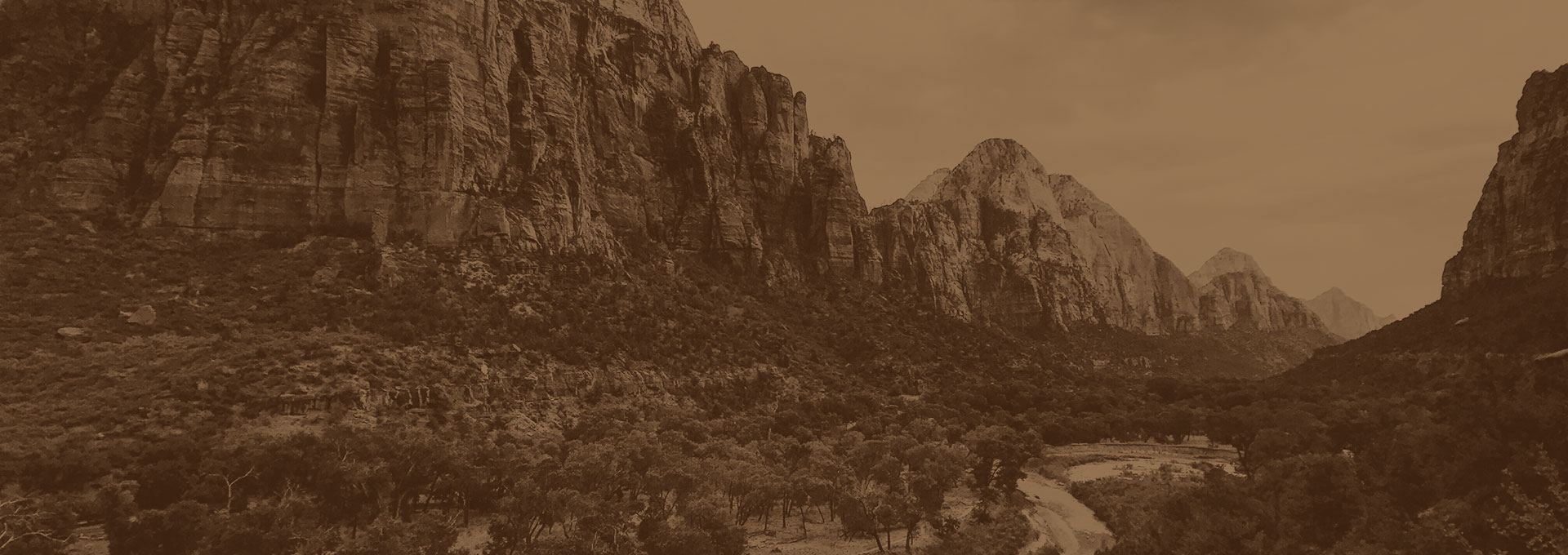A Cleaner Energy-Efficient Approach to Passive Cooling Systems: Wind Catchers
Clean energy. Sustainable and renewable energy. Alternative energy. Cheap energy. When the architects of the Visitor Center at Zion National Park were looking at ways to incorporate these principles into the construction of their new state of the art facility, they did not look to modern technology or the future. They looked to the ancient past, to wind catchers and a technique called passive cooling that was first thought to be used by the Pharaohs of Egypt and the Shahs of Persia over 3,000 years B.C.
What Is Passive Cooling
Passive cooling systems are an ingenious way, in warm and dry climates like those found in North Africa and the Middle East, to install a 100% clean, continuous and free air conditioning system for your residence or business. Zion National Park has a similar climate to these areas so it made sense, particularly in one of the most beautiful natural parks in the world, to look to use nature itself to drive the cooling system of the new structure.
Ancient Wind Catchers Are Still Effective Today
To survive in conditions that could be seasonally very harsh, these ancient civilizations had to understand how their surrounding environment actually worked and how to use local natural materials at hand to “partner” with the environment to create a cooling system that worked continuously and that after the cost of initial instruction was essentially free. So besides opening your windows, how does a wind catching-passive cooling system work to cool the interior of buildings?
Modern Wind Catchers
Wind catchers are essentially towers constructed on the roofs of buildings, with typically four directional ports open towards four directions. When an open port is facing the prevailing wind, air channels down the shaft and into the building. Once inside, the air passes over a pool of water fed by aqueducts (called qanat). Through evaporative cooling, the warm air cools, lowering indoor temperatures. At night, the cooler outside air is naturally drawn inside through the wind catchers.
But what happens when there is no wind? This is also part of the architectural magic. Because of their design, when there is no outside air circulation to drive the cooling system, wind catchers act in the same fashion as a chimney, acting as a reverse funnel and allowing the hot air to rise and be expelled from the building.
Dolat Abad wind catcher, the tallest wind catcher in Iran. Source.
Wind catchers remained an elemental architectural feature in Middle Eastern building for centuries and although the practice began to fall off with the dawn of the industrial age and fossil fuel driven cooling systems, they have begun in recent years to make a comeback. These structures were little known or used in Western culture but are now becoming more common. And why not? Who would not want free, continual cooling systems that generate zero emissions?
A Modern Example: Zion National Park Visitor Center
When the architects at Zion National Park were looking for ways to connect their structure to the natural beauty of the setting, they took a lesson from the past. There, an ancient technique has been seamlessly married into a modern natural wooden structure, that maintains temperature without any need of modern mechanical devices or outside energy sources to maintain a constant, comfortable temperature.
Combined with solar power, natural ventilation techniques, and passive solar and cooling, the installation of its wind catcher has yielded a 70% reduction in energy use compared to its typical counterpart. As an added benefit, the Visitor Center didn’t cost more to build and passive cooling is free, so it costs taxpayers nothing.
Who knew that looking back to ancient times could provide solutions for modern day challenges?



